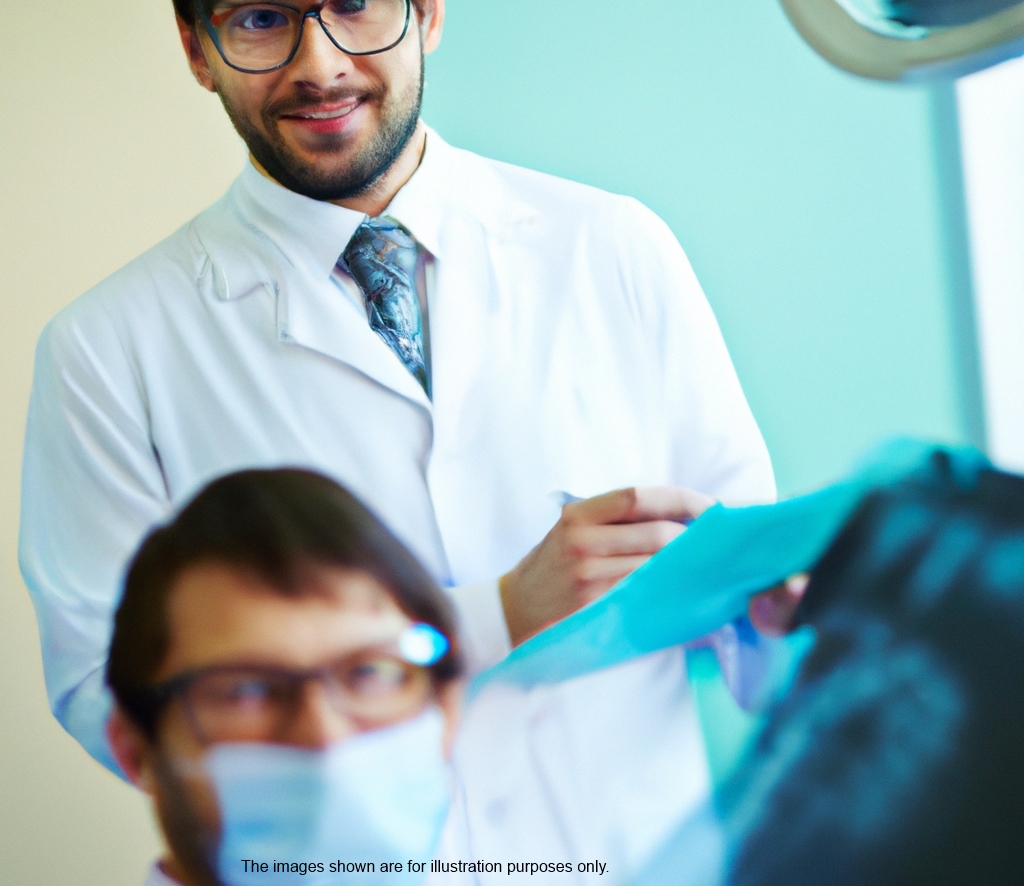Nephrology

Introduction
In the early 1950s, organ-centered specialties such as Nephrology began to
develop in Europe. It wasn't until more than a decade later that such
advancements reached this country. In 1962, a surgeon, Mr. G.A. Sreenivasan,
returned from overseas training and took an interest in developing Urology
as a specialty, along with a focus on haemodialysis.
In 1964, Mr. Sreeni, as he was popularly known, persuaded the Ministry of
Health to acquire a Kolff Dialysis machine, which was placed in General
Hospital Kuala Lumpur. Initially, the machine was solely used for treating
acute renal failure, with 85 haemodialysis procedures performed between 1964
and 1968. Peritoneal dialysis was introduced by Dr. Sreeni in late 1966,
also for the treatment of acute renal failure.
The Haemodialysis Unit began temporarily in Ward 4 in 1969 before relocating
to its current building in 1970. The first long-term haemodialysis patient
accepted was Mohamad Sabawi, who survived for over three and a half years.
Initially, administratively, the Haemodialysis Unit and the renal
replacement therapy program fell under the Department of Urology. However,
it wasn't until 1975 that a nephrologist, Dr. Abu Bakar bin Dato' Suleiman
(now Tan Sri Dato' Dr. Abu Bakar), took over and reorganized the dialysis
unit, including treatment schedules and various aspects of the haemodialysis
program.
In 1976, the Nephrology Unit was upgraded to a full department, signaling
the start of programmed and integrated renal replacement therapy development
in the country.
Haemodialysis - The Early Years
Chronic haemodialysis commenced in 1969, utilizing a homemade tank system
for dialysate preparation and six dialysis machines employing Kill dialysers.
Vascular access primarily involved arteriovenous shunts, which often
experienced clotting. The Brescio-Cimino fistula for vascular access was
only introduced in January 1977 by Dr. Proehoman, a consultant urologist.
A semi-automatic central delivery system, the Biosystem Mark 300, was
installed in 1973 for six additional beds. Machines with single
proportioning systems were acquired from 1975 onwards. Hollow fiber dialyses
were introduced in the late 1970s, replacing the Kill and Maltec dialysers
used previously.
A significant development occurred in 1980 with the installation of a
Reverse Osmosis water treatment system. The unit expanded in 1977 and again
in 1982 by adding ten beds.
A Home Dialysis Programme was introduced in 1978 due to increasing demand.
Patients underwent training at HKL for three months in all aspects of
haemodialysis.
Renal Transplantation
The first renal transplantation (living related) in Malaysia was performed
by Dr. Hussein Awang, a consultant urologist, in 1975. Since then, nearly
829 transplants have been completed, with all but 108 from living related
donors. The first cadaver renal transplantation occurred in 1976. The
cadaveric program has gained momentum after campaigns targeting doctors and
the public, resulting in approximately 20 yearly cadaveric renal transplants
since 2000.
Continuous Ambulatory Peritoneal Dialysis (CAPD)
Introduced in 1984, CAPD initially had ten selected patients, gradually
increasing over the years. Presently, there are 746 patients on this
therapy.
Clinical Services
The Department provides comprehensive clinical services, including:
- In-patient acute dialysis
- Evaluation of patients with renal diseases
- Renal transplantation
- Management of patients with end-stage renal disease
- Outpatient clinics
Inpatient Services
The department manages various renal disorders in the wards, including acute
and chronic renal failure, glomerulonephritis, tubulointerstitial diseases,
urinary tract infections, obstructive uropathy, and related disorders. It
also performs interventional procedures such as renal biopsies and central
venous catheterization, along with various dialysis modalities.
Acute Dialysis
Renal failure patients requiring dialysis, whether referred or admitted, are
treated with intermittent haemodialysis, peritoneal dialysis, or continuous
renal replacement therapy.
End-stage Renal Failure Programme
Hospital-based haemodialysis and home peritoneal dialysis, specifically CAPD,
are offered. The haemodialysis center comprises three units with 36
stations, serving over 164 patients. The CAPD center, located between UN 2A
& UN2B wards, caters to over 200 patients who dialyze at home.
Renal Transplantation
The renal transplant programme primarily involves living related donors,
with cadaveric donations slowly gaining traction. Approximately 30-40
transplants are performed annually.
Renal Biopsy Service
Elective biopsies are conducted on specific weekdays, with urgent biopsies
performed as needed.
Ancillary Services
Specialist dietitian, social worker, and pharmacist services are available.
Contact Information
Tel: 603 - 2615 5380
Fax: 603 - 2693 8953
Email: nefro@hkl.gov.my
folder_open Hospital Kuala Lumpur